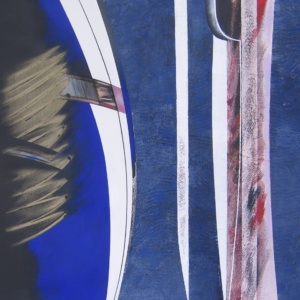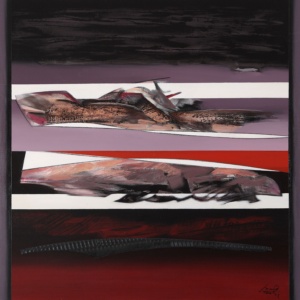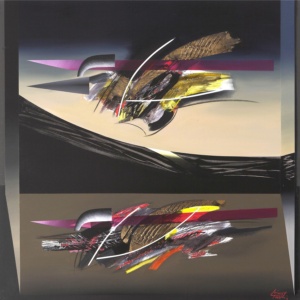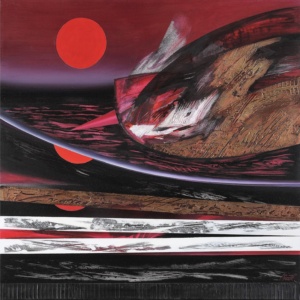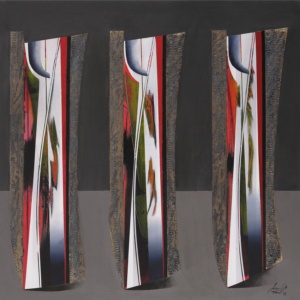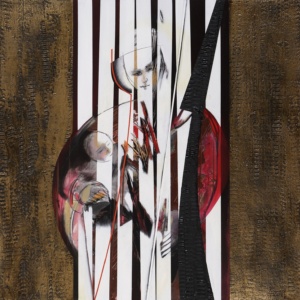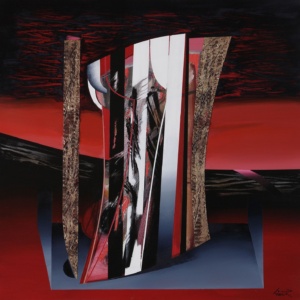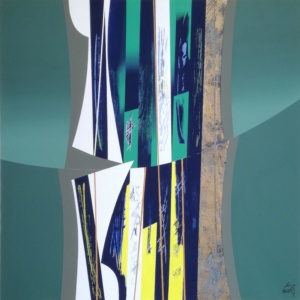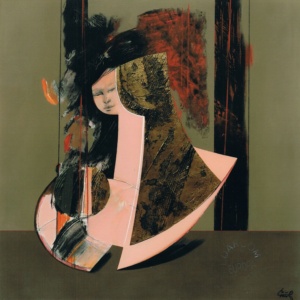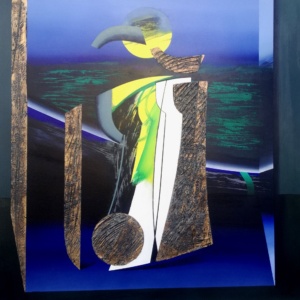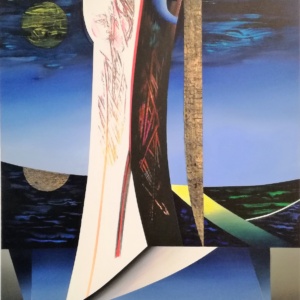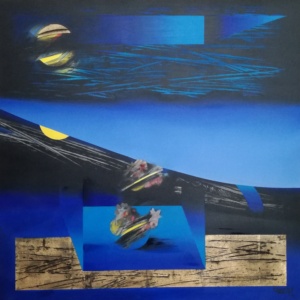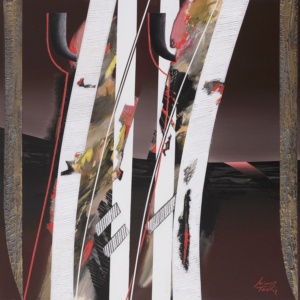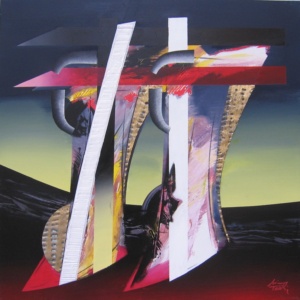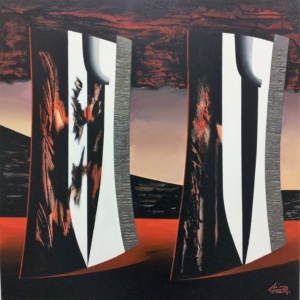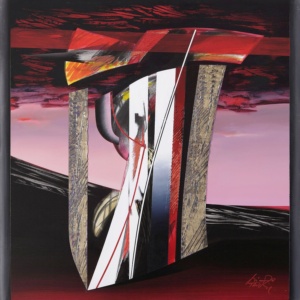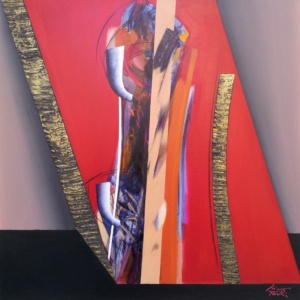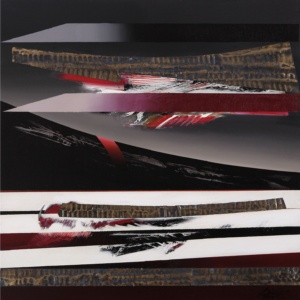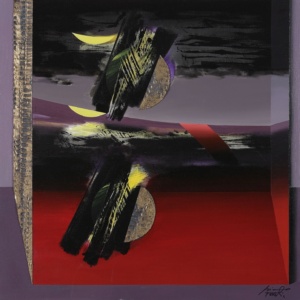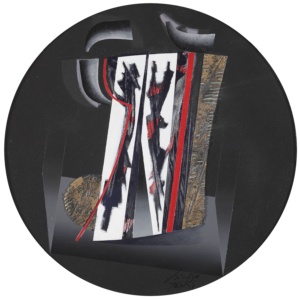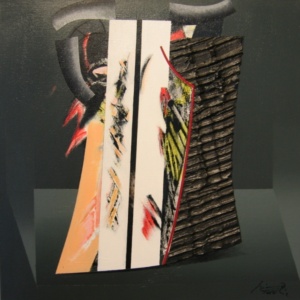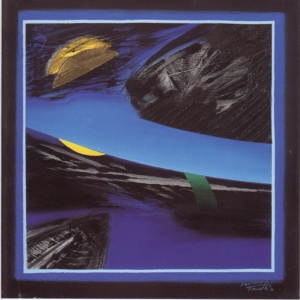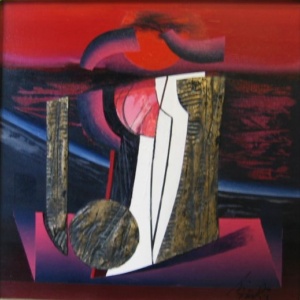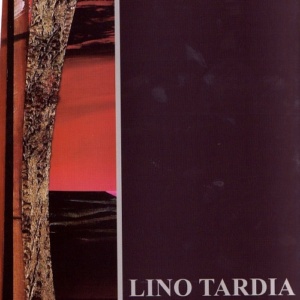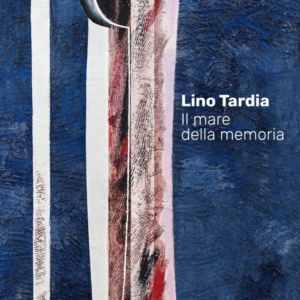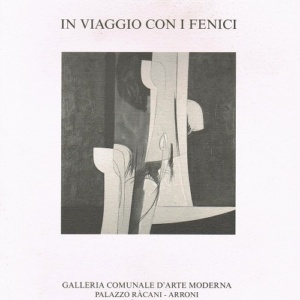Lino Tardia
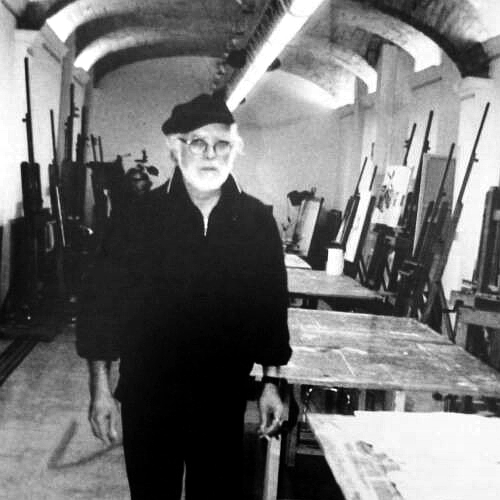
Lino Tardia was born in Trapani in 1938. After passing his school-leaving examination at senior high art school, he turned down a teaching position in Painting at an art school in Palermo, preferring to move to Rome, where he enrolled at the Academy of Fine Arts. After meeting Renato Guttuso, he became first his pupil and then his assistant. Guttuso’s realism influenced Tardia’s early painting, which consisted of Sicilian landscapes characterized by bright colours and clear lines.
PAINTINGS
CATALOGUES
VIDEO
Lino Tardia / Tra regola e emozione | Galleria d'Arte Edarcom Europa | 2006
Lino Tardia / Il mare della memoria | Galleria d'Arte Edarcom Europa | 2022
ARTISTS
Lino Tardia was born in Trapani in 1938. After passing his school-leaving examination at senior high art school, he turned down a teaching position in Painting at an art school in Palermo, preferring to move to Rome, where he enrolled at the Academy of Fine Arts. After meeting Renato Guttuso, he became first his pupil and then his assistant. Guttuso’s realism influenced Tardia’s early painting, which consisted of Sicilian landscapes characterized by bright colours and clear lines.
He began exhibiting in the late 1950s and held his first solo show in the early 1960s. These were the years of La dolce vita, and Tardia encountered, and became friends with, many of the most famous figures in the world of culture, entertainment and cinema. In the mid-1960s, after a brief phase in which his art was not tied to any specific form or style, his work started to show the influence of Francis Bacon, whom he had met during a stay in London. Indeed, he arrived at the more recent phase of his artistic explorations in the late 1970s, with a style in constant evolution, largely based on the conjuncture of geometric architecture and metaphysical depth. As a young artist he had taken part in the excavations at the archaeological site of Motya, the ancient Phoenician settlement on the island of Saint Pantaleo, near Trapani, where the anthropomorphic sculpture of the Phoenician Mother (6th-5th century BC) had been discovered. The memory of this youthful experience, and, in particular, the statue’s plastic qualities and its archaic and stylized lines, also informed his painting style. The themes of memory, the ancestral link with Sicily and the myths of the Iliad and the Odyssey became central during this mature phase, when he also began to apply to his canvases sculptural elements in vinyl enhanced by gold leaf.
His artwork has been exhibited in various Italian cities as well as in London, Paris, New York, Chicago, Houston, Ottawa and Tripoli. Among the most significant milestones of his career was his solo show In viaggio con i Fenici (Traveling with the Phoenicians) held at the Municipal Gallery of Modern Art in Spoleto (1996) and at the Convent San Rocco in Trapani (1997), and the retrospective La scatola dei miti (The Box of Myths) at the National Museum of Palazzo Venezia in Rome (2009). From 2001 to 2008, he held the chair of painting at RUFA (Rome University of Fine Arts). His artwork has been discussed by leading Italian art critics, and in 2003 he was awarded the Gold Medal of Merit for Culture and Art conferred by the President of the Italian Republic. Lino Tardia dies in Rome in 2021.



